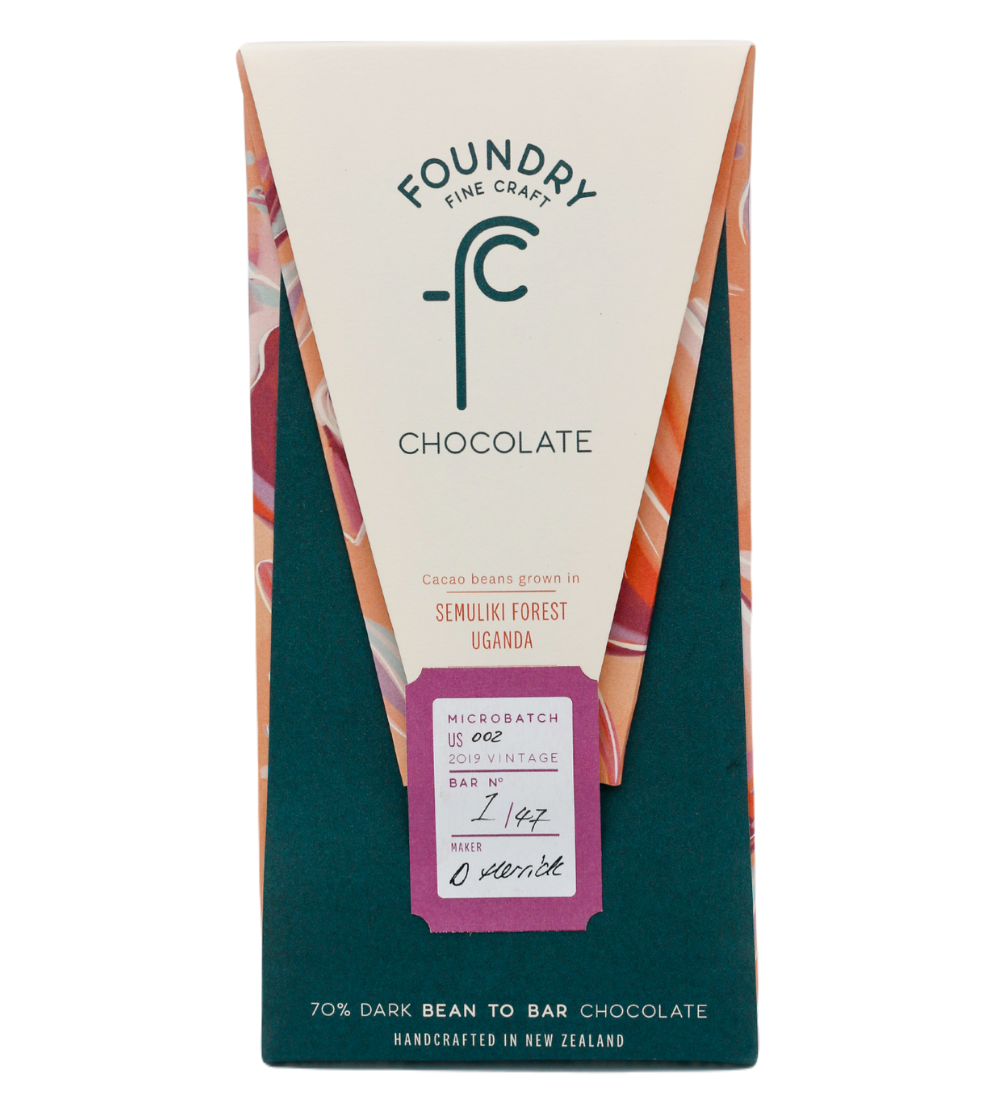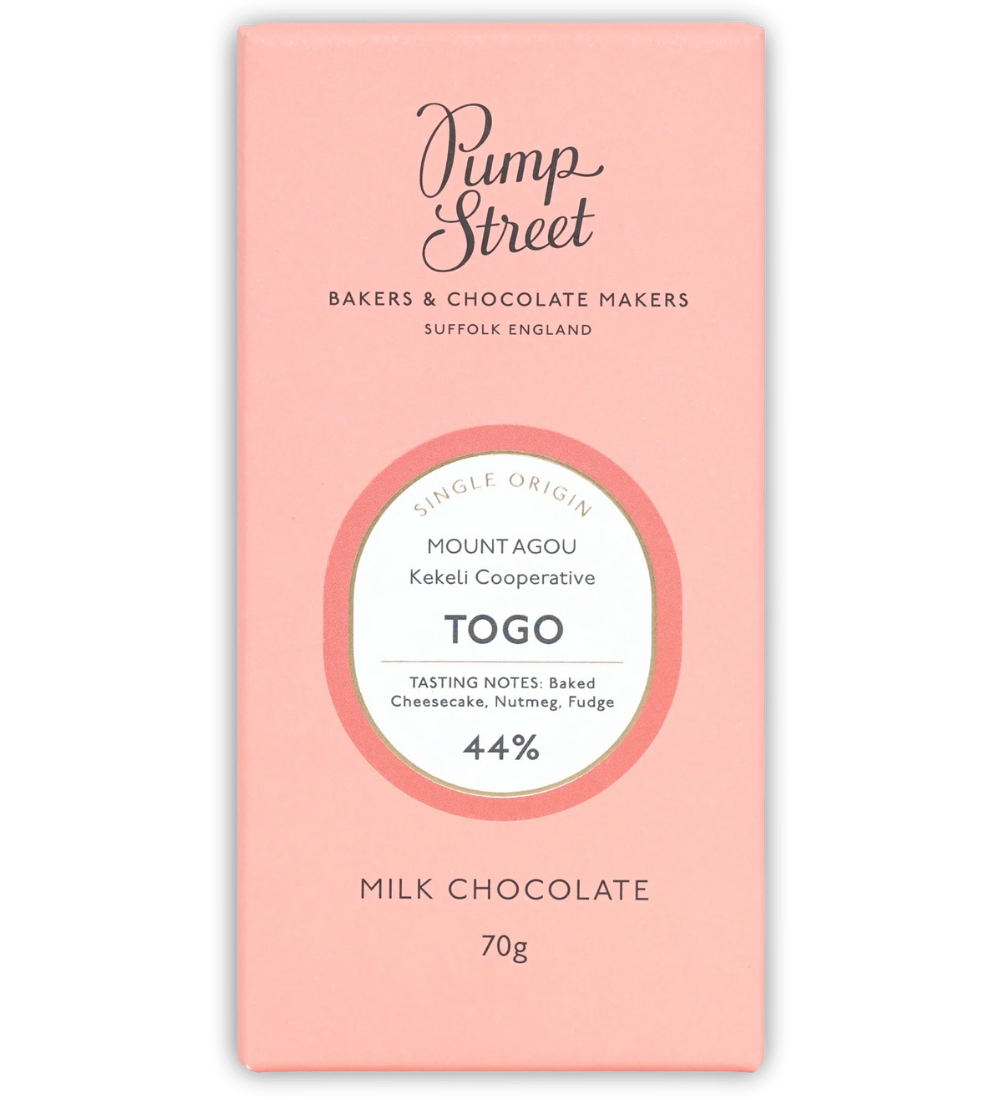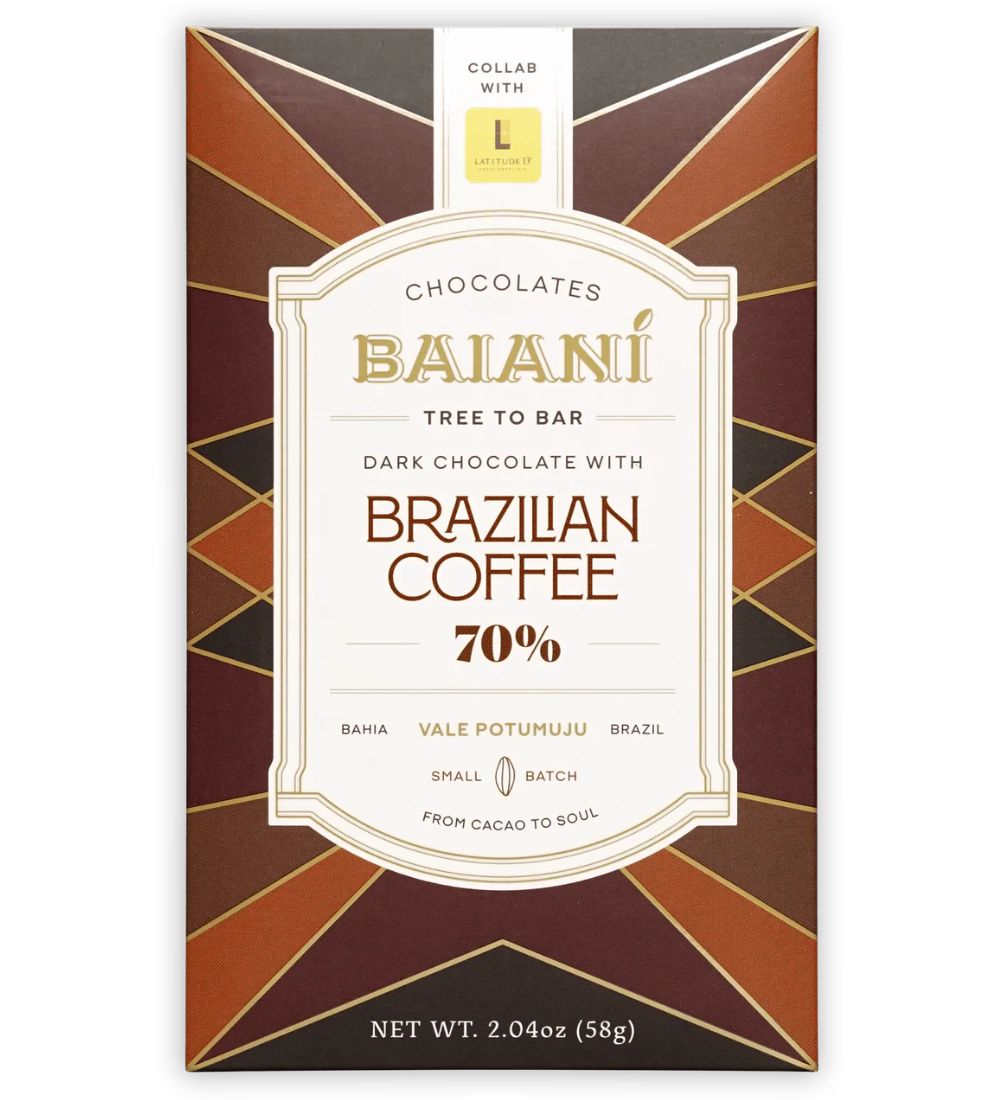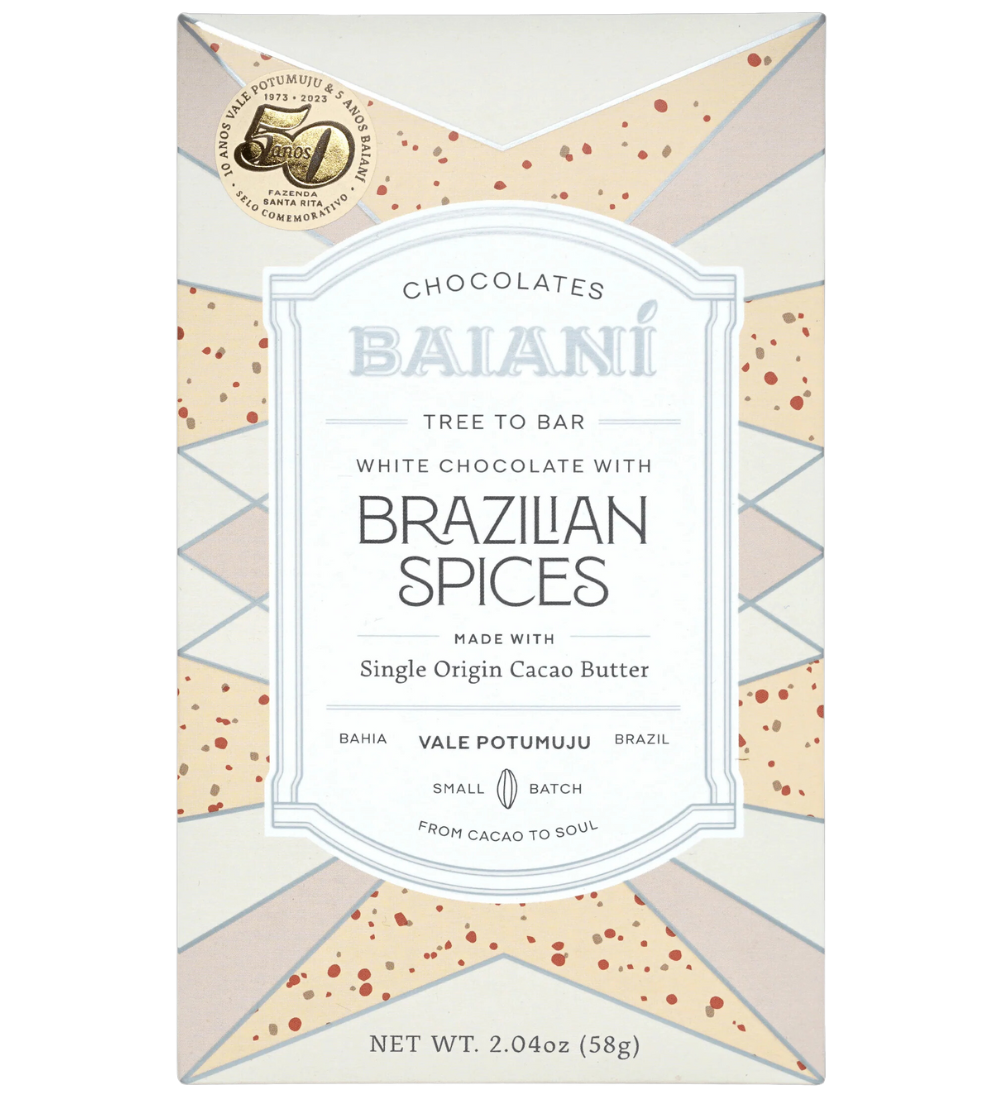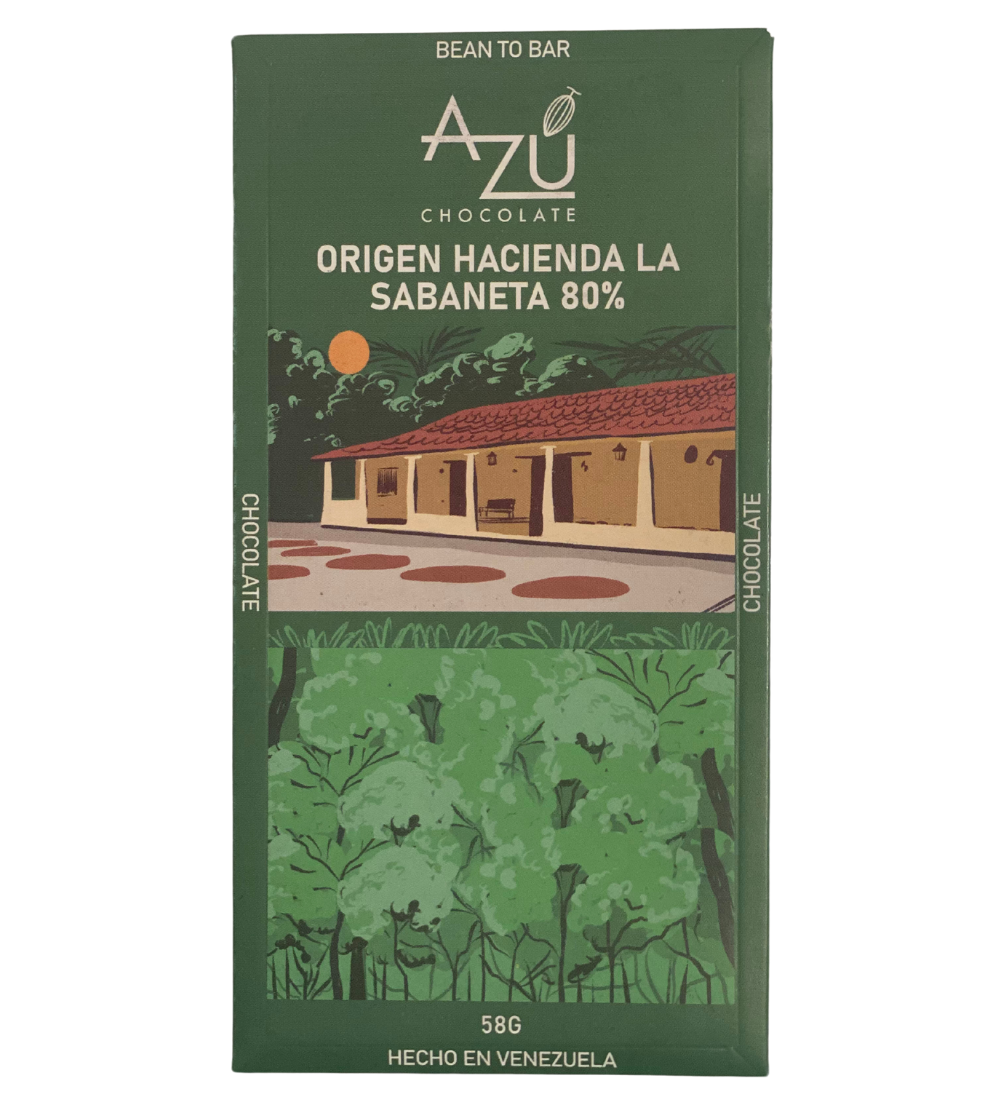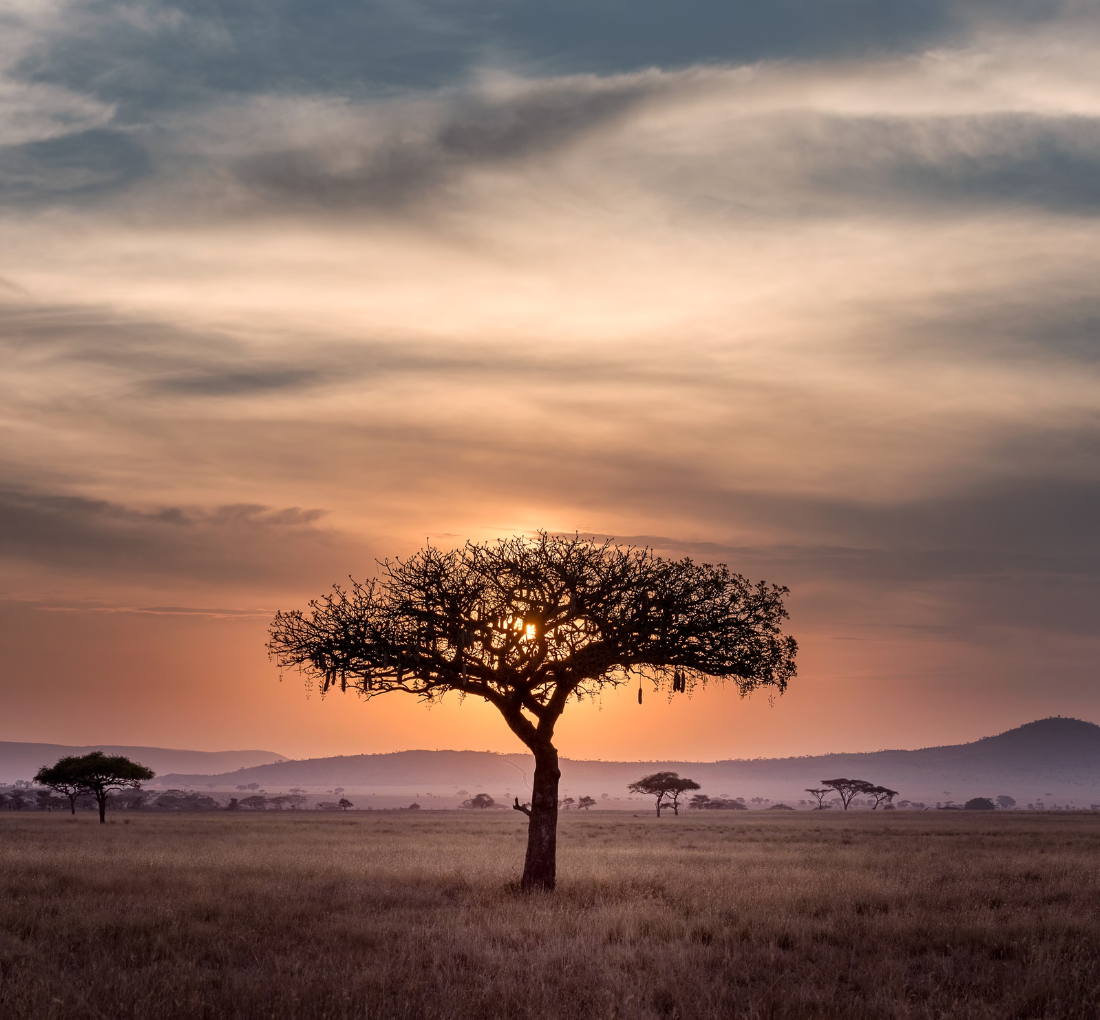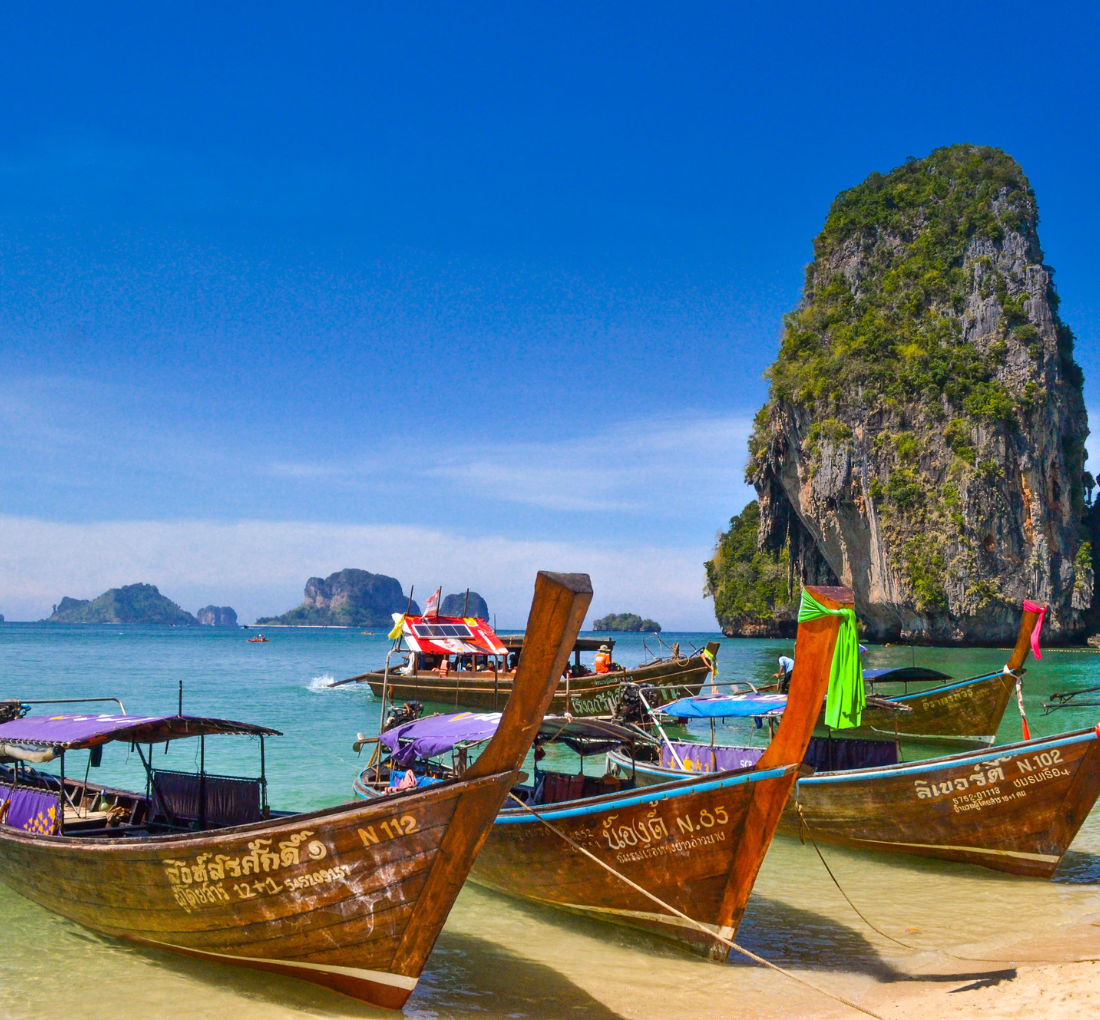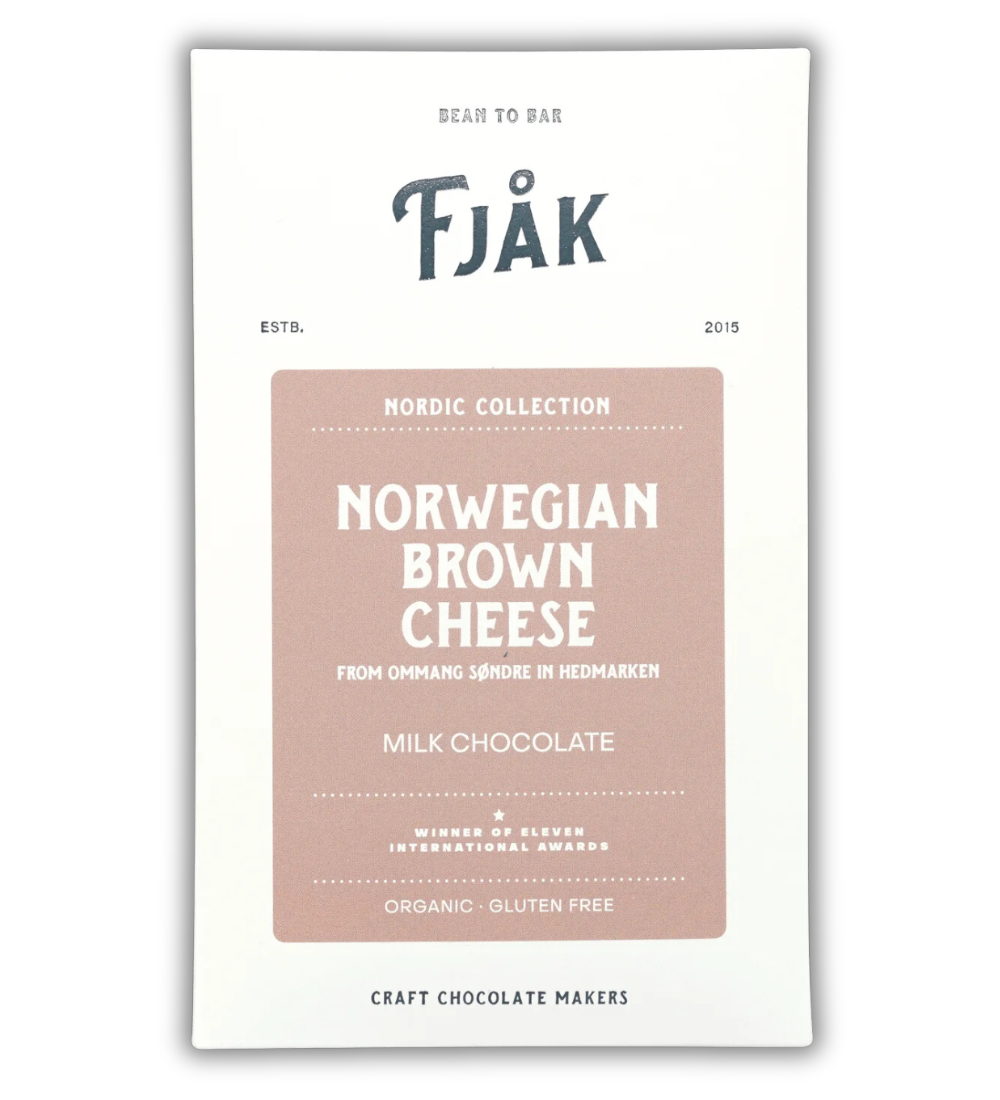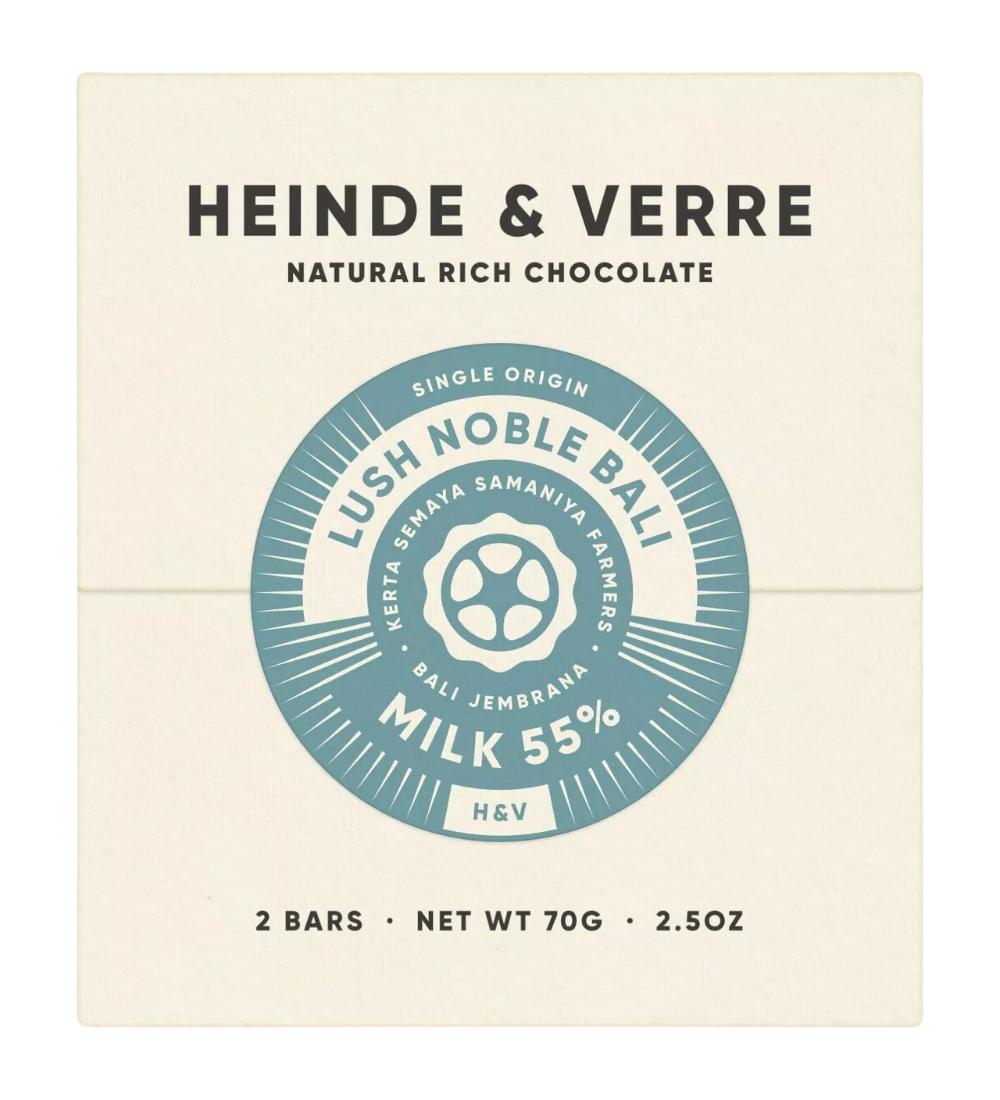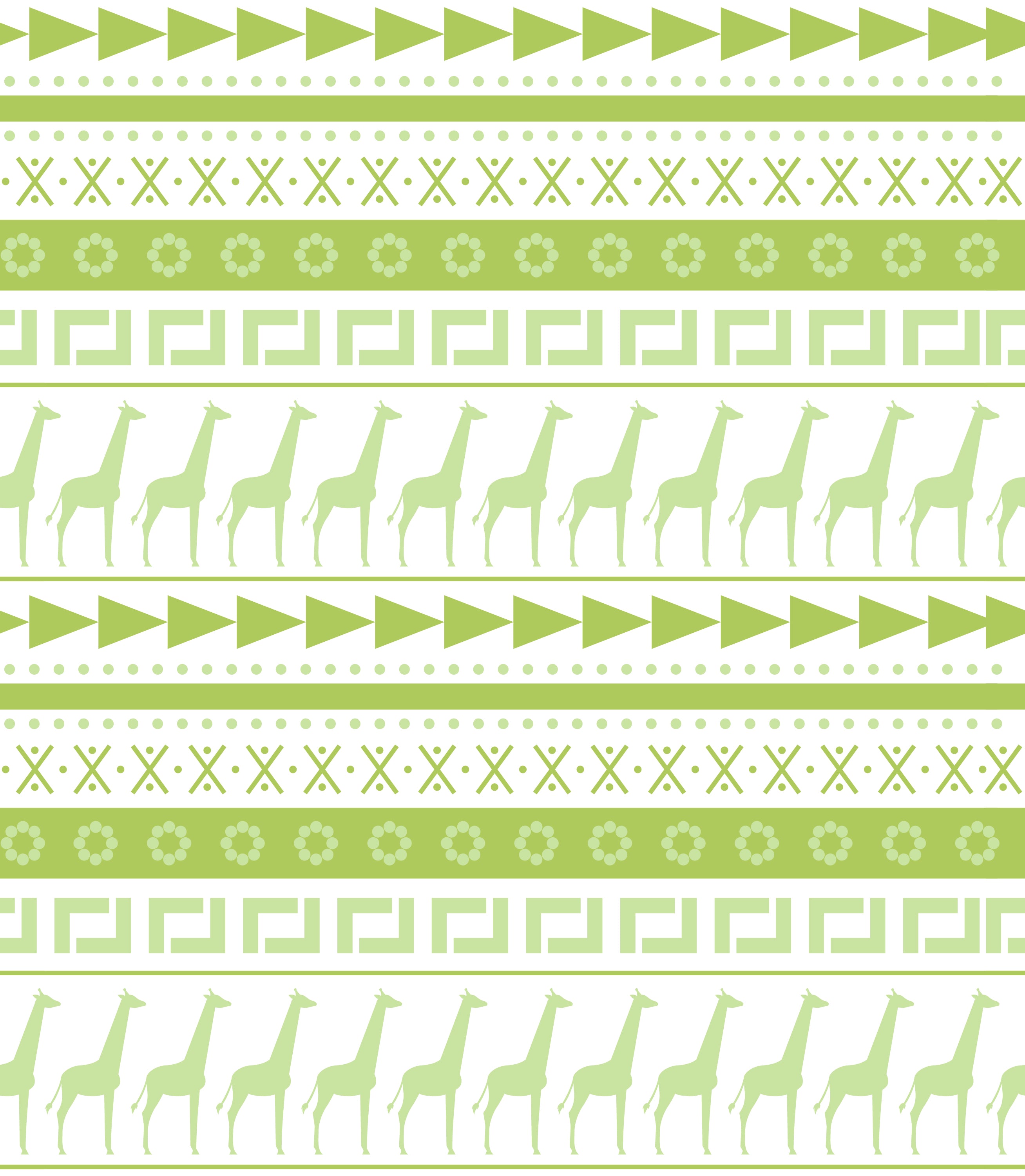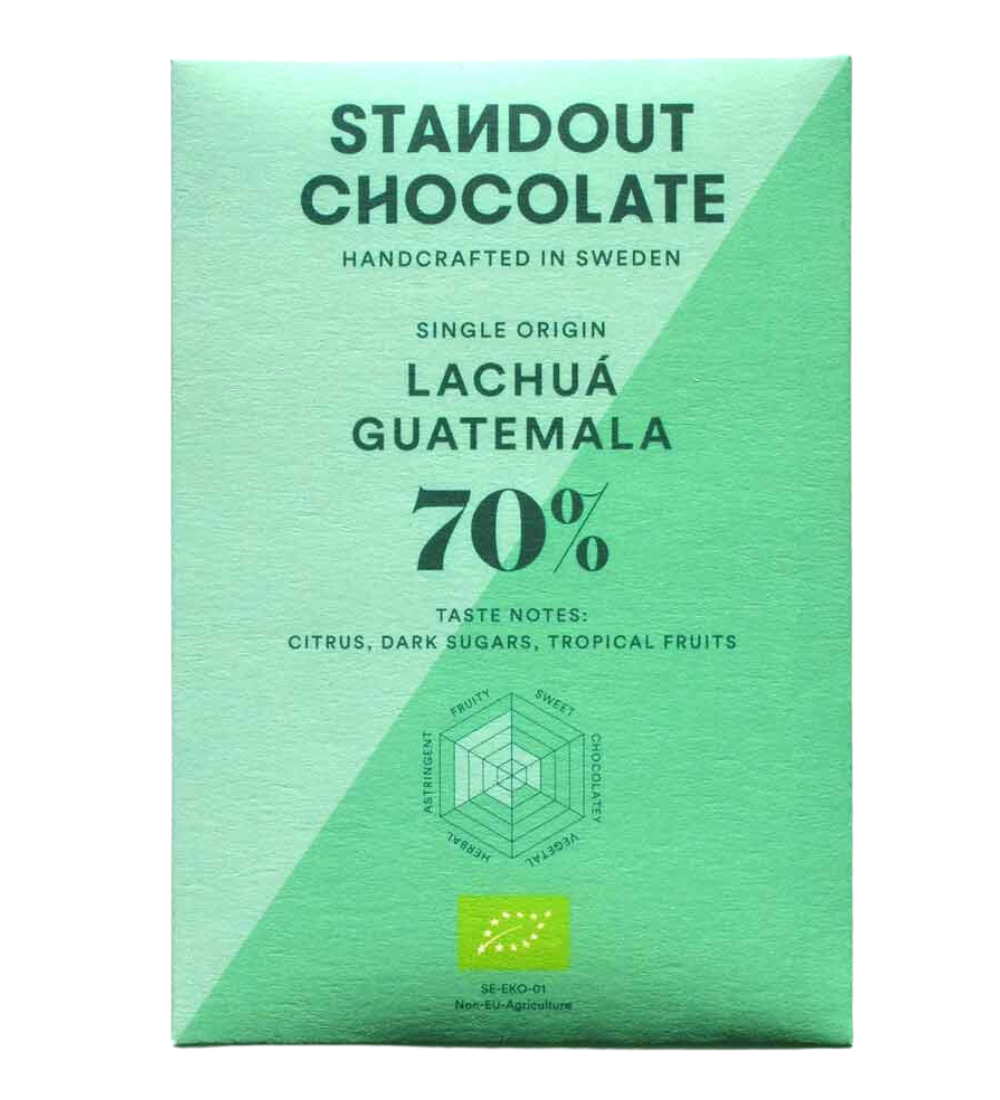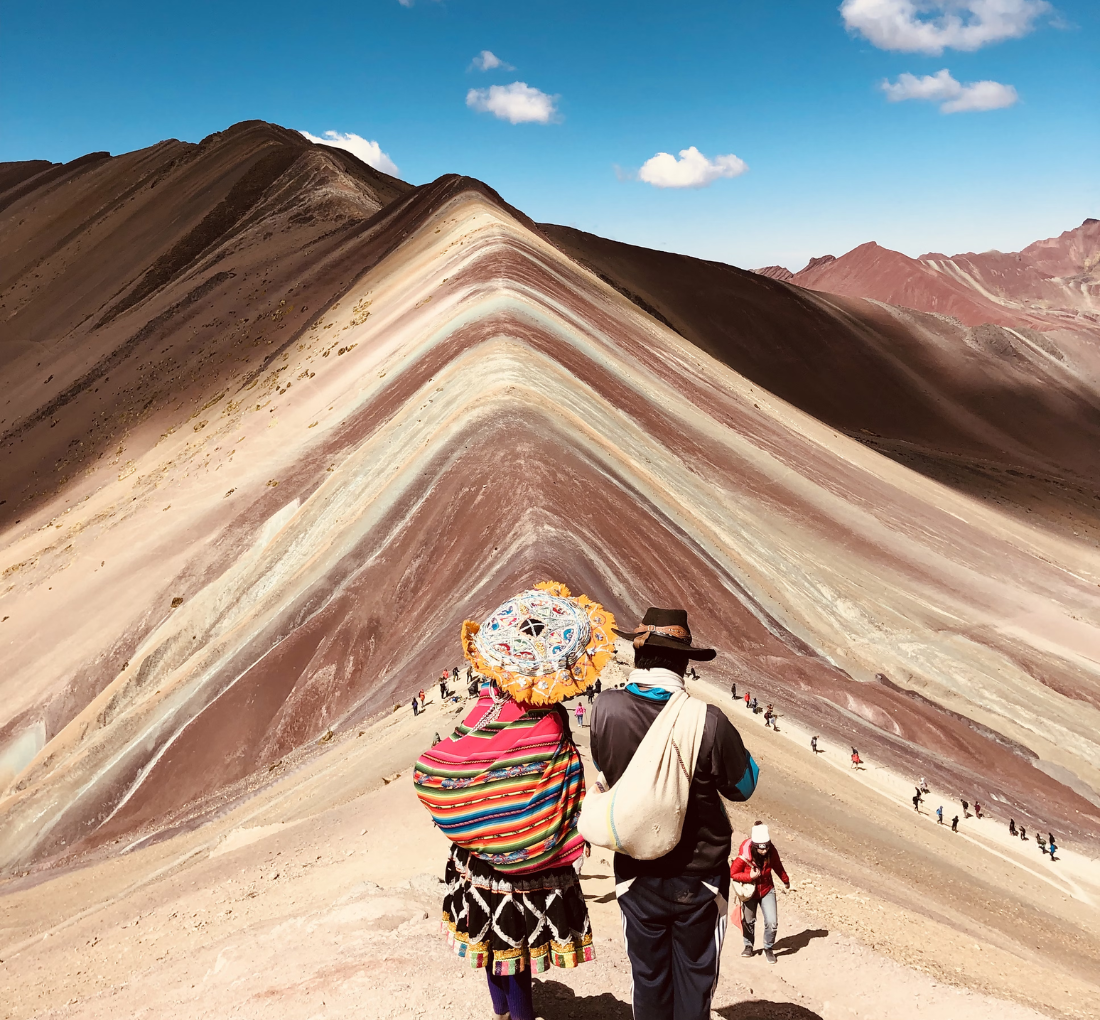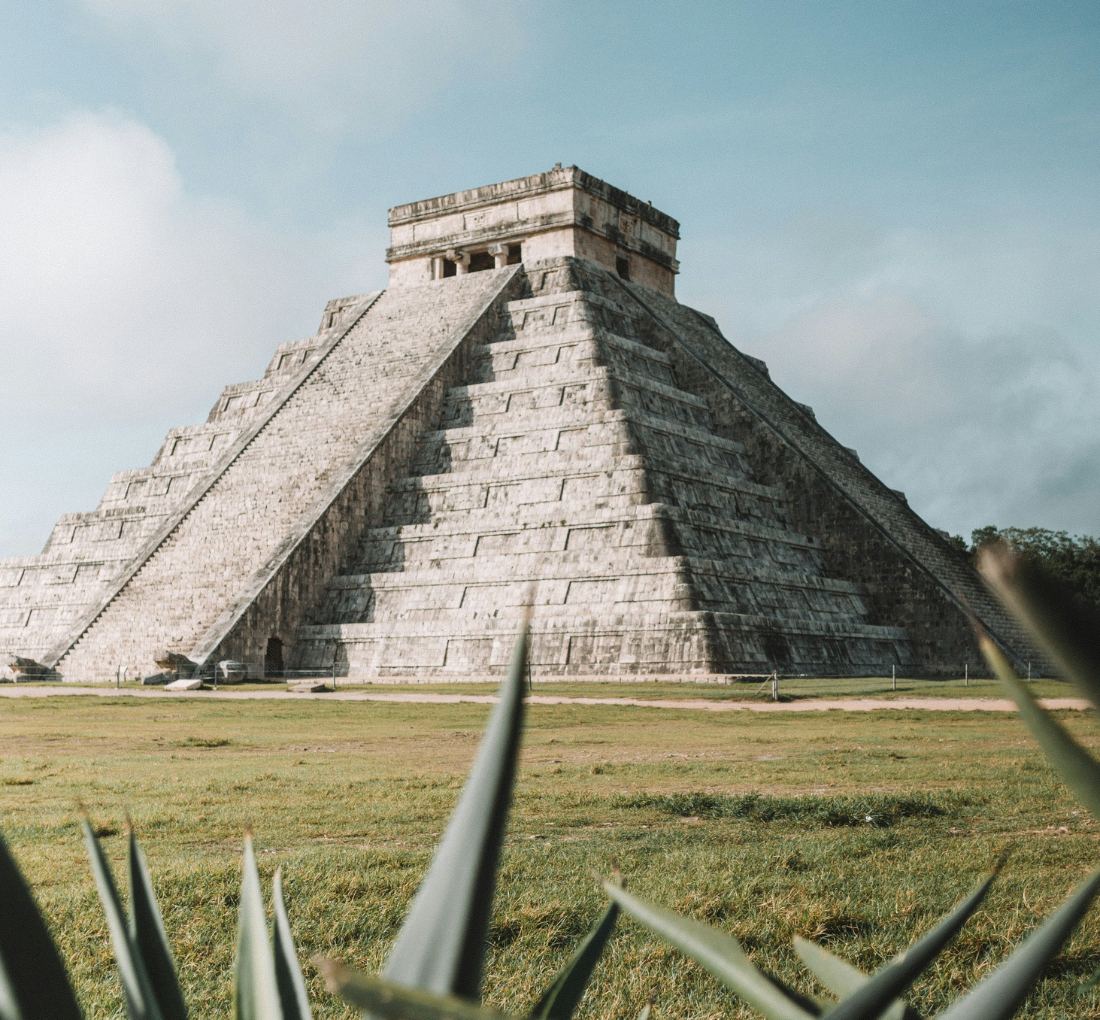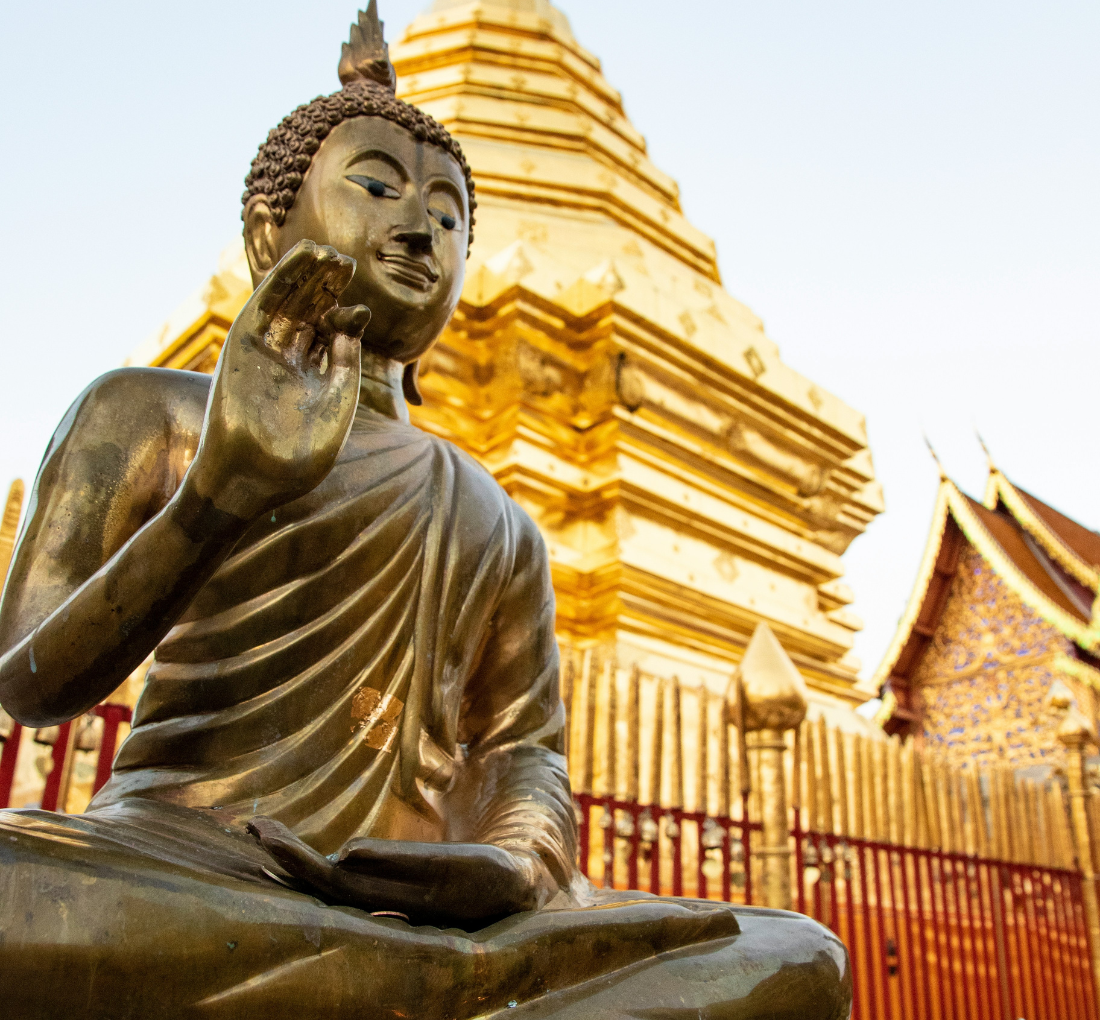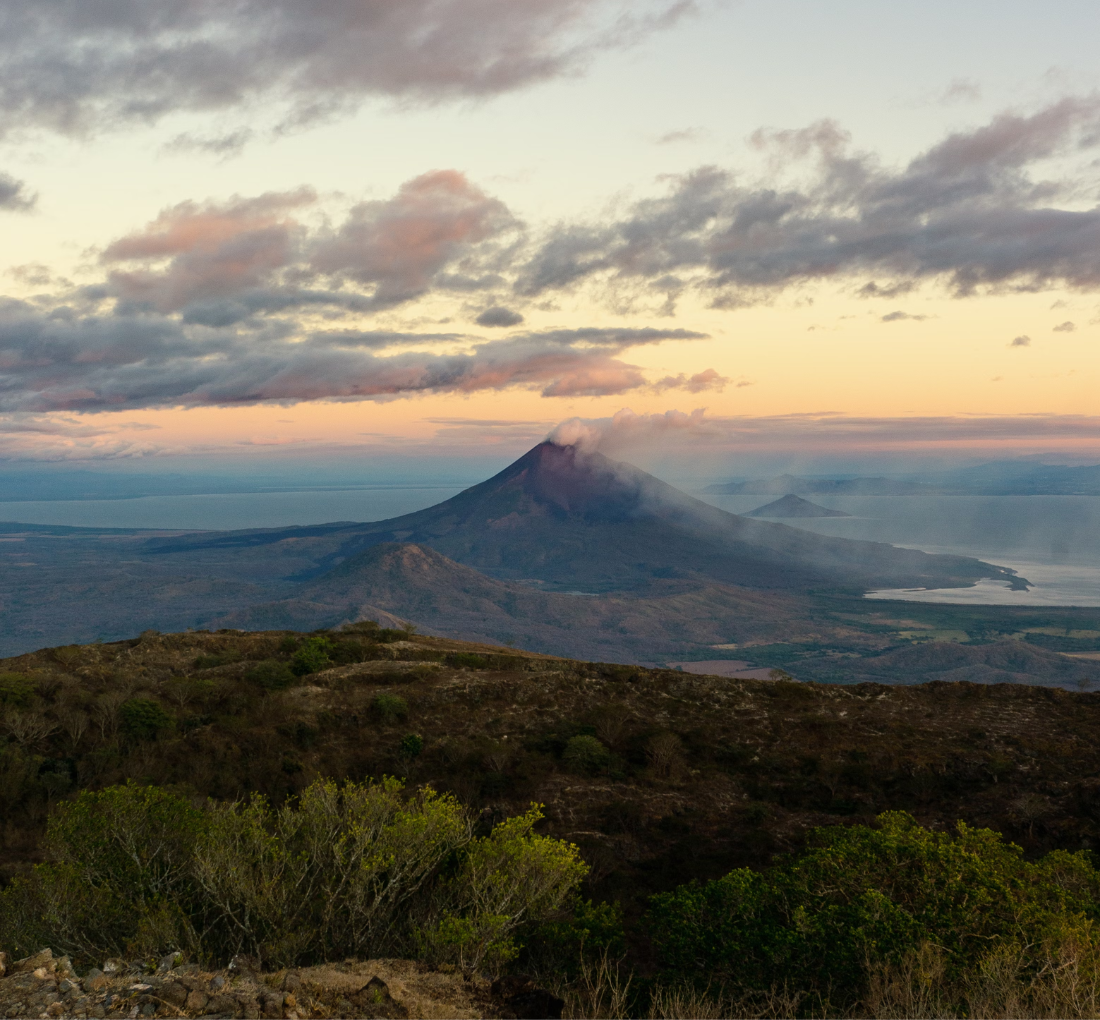Guatemala, the most populous country in Central America, is renowned for its diverse ecosystems and rich history rooted in the ancient Maya civilization, with much of its 17 million-strong population tracing their heritage to this ancient culture. The name "Guatemala" originates from the Nahuatl word Cuauhtēmallān, meaning "place of many trees." The country's geography is characterized by two mountain chains running from west to east, dividing it into three main regions: the highlands, the Pacific coast, and the Petén region. These regions offer a variety of climates, elevations, and landscapes, ranging from hot, humid tropical lowlands to colder, drier highland peaks. Guatemala boasts 14 ecoregions with 5 distinct ecosystems. Historically, cacao held great significance in Mayan culture, being used in ceremonies and as a form of currency. Intricate vases filled with cacao have been discovered in Mayan royal tombs dating back to 450 BC. While Guatemala was once a leading cacao producer, the industry declined due to the higher economic returns of crops like coffee and sugar cane. However, in recent years, there has been a resurgence, with over 9,000 registered cacao farms now producing approximately 10,500 tons of cocoa annually, mostly of the criollo variety.

There's a whole world to explore
Discover the world’s diverse cocoa growing regions – from sun-drenched islands to tropical rainforests to lush mountainsides.

